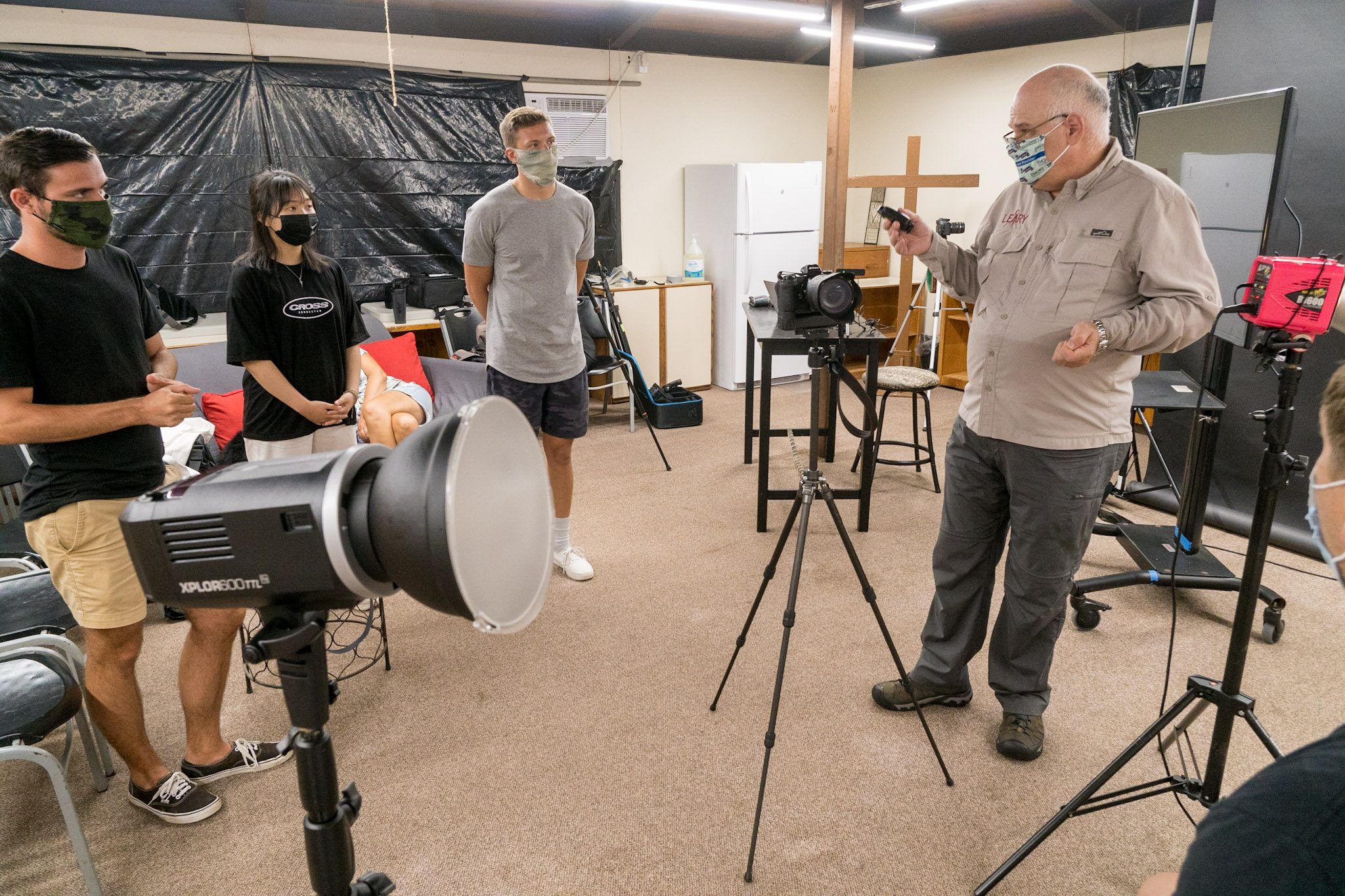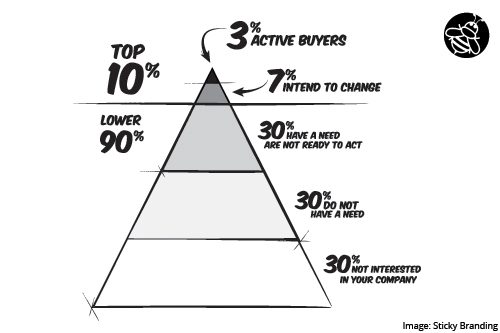[Photo by Dennis Fahringer]
Today, a friend wrote to me, “Just read your blog about conflict coverage. Great article, BUT will your audience listen to you and heed your advice?”
Here is my response.
Please write to me and let me know what you think.
Good to hear from you. Two things give us wisdom.
- Experiential Learning ~ This is what Steve Jobs called “Wisdom From Accumulated Scar Tissue” Even from personal first-hand experience, not everyone will learn, as you know.
- Traditional Learning ~ This is what the education system is all about. This is where you are learning from others’ experiences.
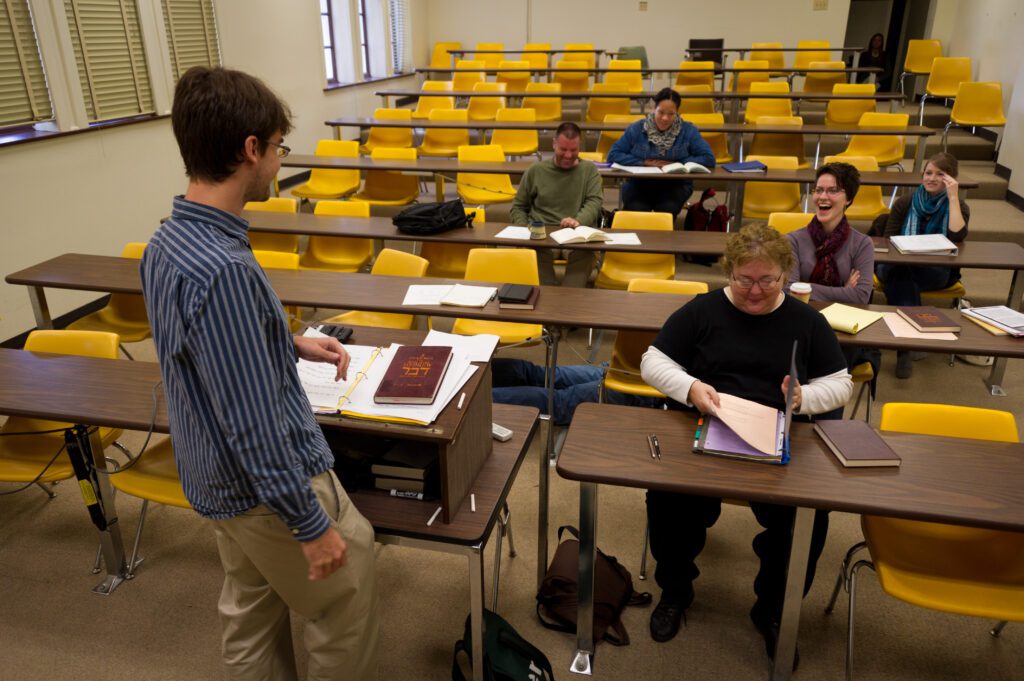
Traditional Learning
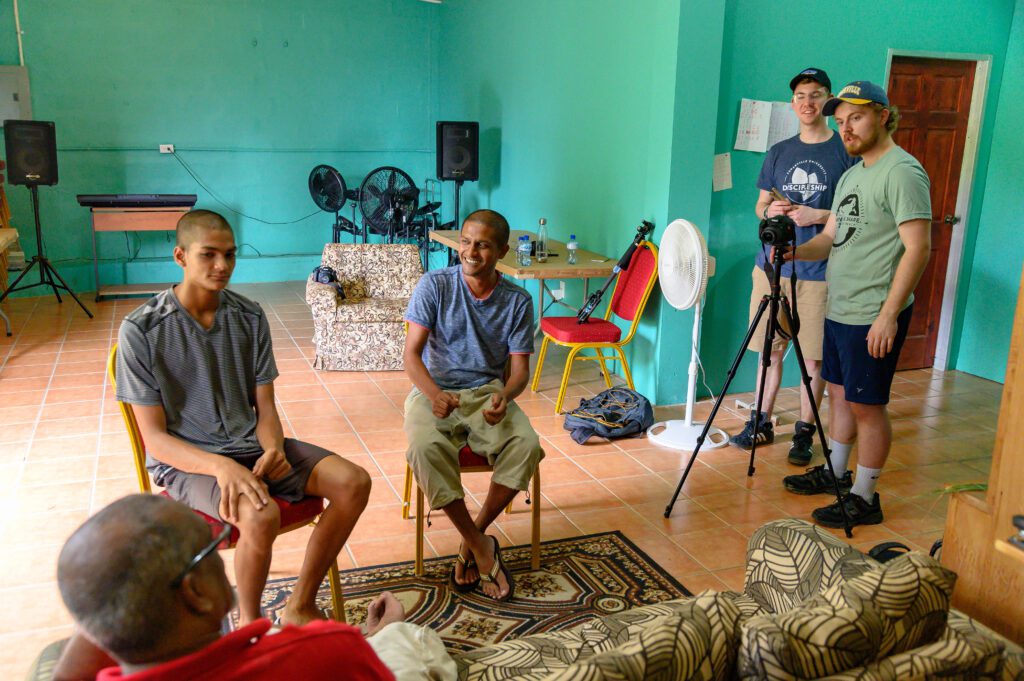
Experiential Learning
I believe one other way is a mixture of the two. Most freelancers, I think, fall into this category. It is where things are not working that you are doing, and you join ASMP, NPPA, or go to workshops. You realize others have the experience you need. You are what I call a motivated learner.
Since 2006 I have been leading a workshop for a Christian organization on Storytelling. It would work for anyone or any organization.
We take people overseas [the lure] and give them a person to help tell their story. That person was selected because the organization is trying to raise funds for a program. The person for the story is an example of what the program is all about.
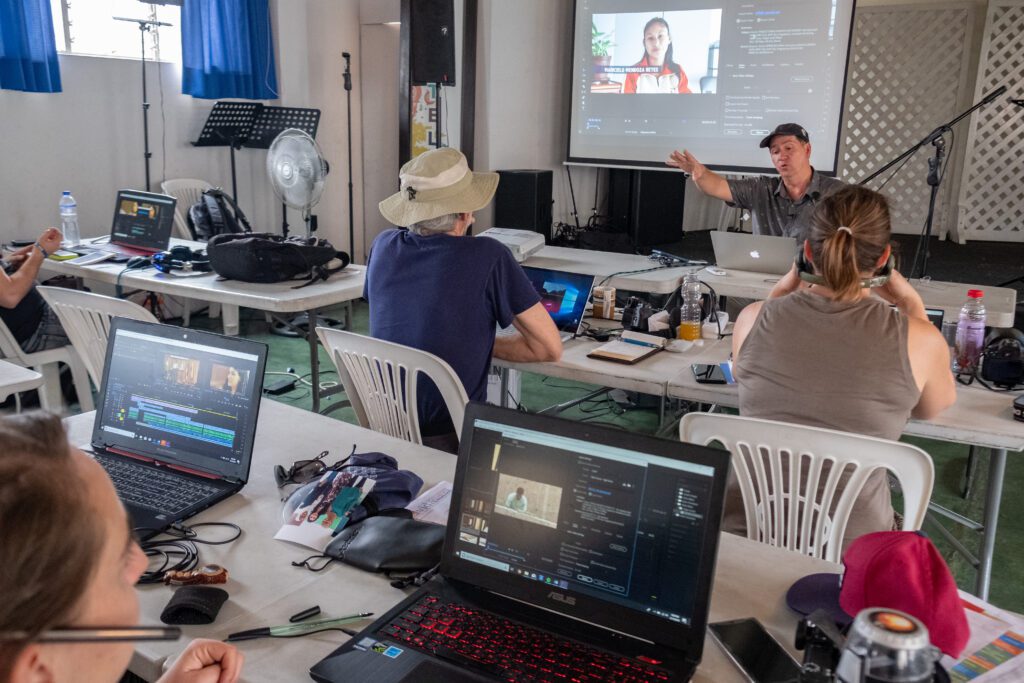
We have already established a workflow involving crafting the story and working in Adobe Premiere. James Dockery, editor for ESPN, and I coach them. At the end of this workshop, those generally have an “A-Ha” moment. They signup to retake the workshop. They realize that the first time they did OK, but they knew they needed to practice. They also understood they still wanted a coach/mentor to help them.
A few of these people now work for the organization overseas. They went to work in Columbia, South America, and Togo, West Africa.
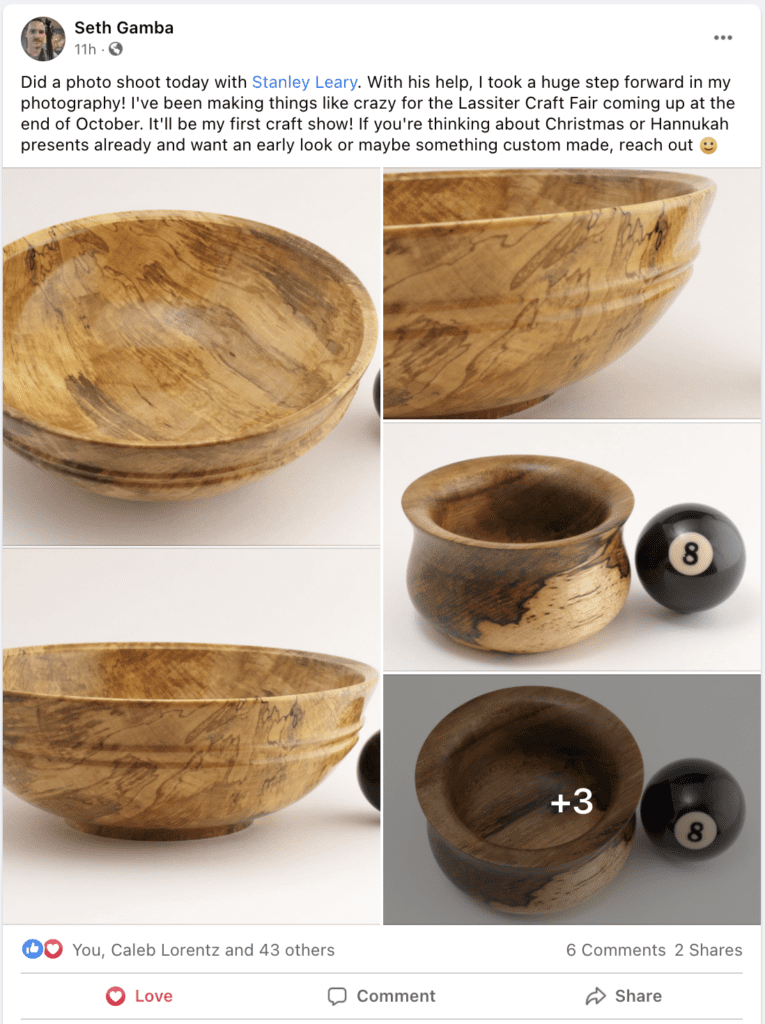
Due to my blog, I have gotten numerous jobs. I just did one yesterday helping a guy who does the woodturning. He wanted to know how to take better photos of his bowls. While I would have loved that he hired me to shoot the bowls, he paid me to teach him how to do it.
I got the gig I have for the past 12 years with Chick-fil-A because of the blog. The guy who hired me realized I was an expert and that many photographers go to me for advice. So why not get that guy.
We have all heard about the 80/20 Rule. Mathematically, the 80/20 rule is roughly described by a power law distribution (also known as a Pareto distribution) for a particular set of parameters. Many natural phenomena have been shown to exhibit such a distribution. It is an adage of business management that “80% of sales come from 20% of clients”.
I don’t have any research to support my belief, but I think that less than 5% of any field is doing 90% of the work. They are the experts. They either know much more than the rest or have surrounded themselves with a team of experts.
I then believe that only about 1 or 2% of the group can teach and do excellent work. They are not necessarily the top 2% grossing, but they have enough of the understanding and ability to teach what they know so that others can understand.
- If you could identify the top 10%, you could market to that group. Top 10%: Marketing to people and companies who need your services right now, typically described as “inbound marketing.”
- Lower 90%: Marketing to people who don’t need your services but will someday.
Jeremy Miller, a brand strategist, is the one who created the “Sticky Branding”.
The first mode is where companies feel the most confident, and it receives the lion’s share of the marketing budget. The challenge is much marketing investment is ineffective because it falls on deaf ears.
Paul Emond, CEO of Versature, sums up the situation nicely, “When people aren’t in the buying mode, they don’t want to be sold.”
The second mode of marketing is opportunity. Rather than trying to engage people when they have a need, engage them earlier in the Lower 90%. Establish the relationship and develop rapport before they’re ready to buy.
Create an opportunity where your customers know, like, and trust your company long before they need it. That way, they’ll skip right over the inbound marketing messages and call your company first when they have a need.
Sticky Brands are built in the Lower 90 Percent because they understand the importance of relationships. Their brand is not based on aggressive marketing and pitching. It’s based on a personal connection where customers know, like, and trust them.
Summary
I just put my brand out there to help; when people are ready, they will reach out to me and engage with me. Maybe you are one of those people who read to the end of this article. Please send me an email and tell me what you think Stanley@StanleyLeary.com

